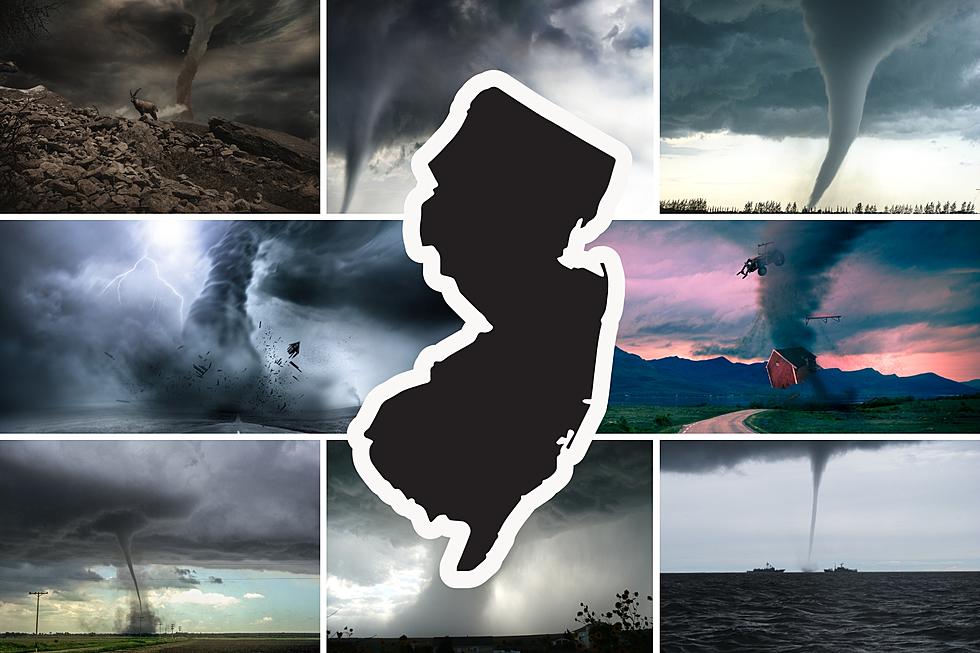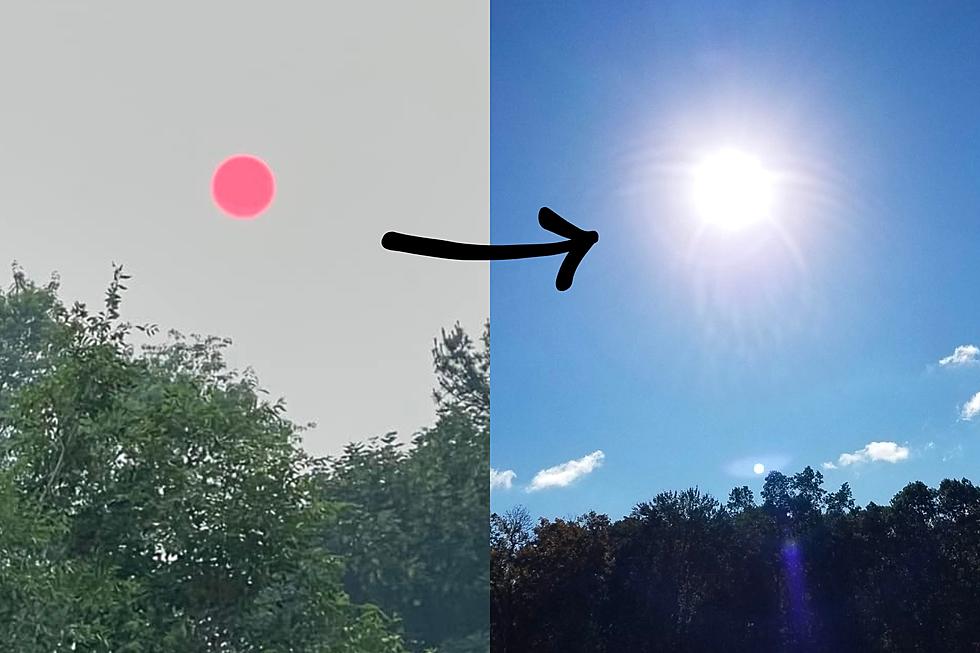
Threat to New Jersey from Hurricane Joaquin decreasing
UPDATE as of 8 p.m. Thursday...
According to the 8 p.m. update from the National Hurricane Center, there are no big changes needed to the forecast. Hurricane Joaquin remains a powerful, dangerous Category 4 hurricane, still over the Bahamas, with maximum sustained winds of 130 mph.
Models continue to trend toward the eastward, out-to-sea solution for Joaquin. I've seen several of my colleagues post it today, and I think it's definitely appropriate... "The trend is our friend."
There is still some uncertainty regarding the exact track of the storm, especially since it has not yet taken that anticipated sharp right turn to the north. The location and timing of that turn is most critical if this out-to-sea forecast is to actually happen.
So, while we can't completely rule out a jog back to the west again just yet, this "out-to-sea" scenario is starting to look really good. Especially since the direct impacts of the storm on New Jersey would be limited to some rough surf.
Remember, Joaquin is combining forces with a stalled front and coastal storm system to potentially bring a few inches of rain to New Jersey tomorrow. In addition, we'll likely see wind gusts up to 50 mph through the weekend.
ORIGINAL POST from 1 p.m. Thursday...
Despite continuing uncertainty, the latest models and official forecasts from the National Hurricane Center show Hurricane Joaquin's track is trending eastward.
For those hoping and praying that Hurricane Joaquin ultimately leaves New Jersey alone, I'm happy to say there is hope.
Joaquin Forecast Track Shifts East
All week long, the Joaquin forecast has suffered from a enormous amount of uncertainty. A large spread of forecast model solutions and inconsistency from model run to model run have prevented us from crafting a storm track forecast with any degree of confidence.
Until now, the "most likely" Joaquin forecast has involved a landfall somewhere south of New Jersey. However, we have been very careful to leave all possible scenarios on the table. That includes not throwing out the "rogue" European (ECMWF) model that has consistently shown an out-to-sea forecast.
This morning's runs of the GFS model caught on to a more eastward solution, and so it is time for us to consider this "clipping the coast" as the most likely storm track...
The latest spaghetti plot of forecast tracks for Hurricane Joaquin still show a number of model members pointing toward the U.S. coastline. It will be very telling to see whether the model output from later today continues to trend toward the east.
Indirect Effects Already Here
In this morning's blog post, I stressed the need to stay vigilant and prepare for bad weather, no matter which direction Joaquin ultimately pointed.
Please do not let your guard down. New Jersey is already experiencing the indirect effects of Joaquin, combined with a stalled front and coastal storm system. Seas are already incredibly rough. Coastal flooding is already occurring and expected to worsen. A substantial pressure gradient will increase winds dramatically for Friday through the weekend. Tropical moisture from Joaquin is extending north along the coast, and is expected to fuel bands of torrential rain late Thursday through Friday.
These impacts are already occurring, even though Hurricane Joaquin is still hundreds of miles away from New Jersey.
Potential Storm Impacts
While the forecast could absolutely still change again, this new favorite storm track needs a revised threat outlook. If this "clipping the coast" scenario holds (again, still not 100% certain), here is what to expect between now and early next week from the indirect and direct effects of Joaquin...
Coastal Flooding & Beach Erosion: By far, this would be the biggest direct impact of a Joaquin "fly-by" early next week. As Hurricane Joaquin is already churning up the Atlantic Ocean, minor to moderate flooding will be possible along the Jersey Shore as early as today. The chance of coastal flooding and significant beach erosion continues and even worsens through Friday and the upcoming weekend. That flooding threat could increase dramatically if and when the storm looms close to our coastline. Current storm surge model guidance shows 2- to 4-foot surge at the peak of the storm.
Wind: As I mentioned above, winds will increase well in advance of Joaquin. Sustained winds of 20 to 30 mph are possible for Friday and Saturday (and beyond), making for some downright blustery conditions. Additionally, wind gusts up to 50 or 60 mph are possible, especially along the coast... That is more than enough to down trees and power lines, blow around unsecured lawn furniture, and make driving over bridges and exposed areas challenging. The closer the storm ultimately passes to the Jersey Shore, the stronger the wind gusts.
Rain: New Jersey will potentially see heavy rain late Thursday into Friday. Saturday and Sunday could feature a few stray showers. But direct rainfall from Joaquin itself would be minimal given an off-shore storm track. If the storm really kicks far out to sea, we could stay completely dry from the weekend onward. Between now and Monday, some models have indicated an inch or two of rainfall, while the top forecast totals look to be around the 4 to 5 inch range. The lower rain threat means a much lower chance of flash flooding and river flooding. (However, rivers that connect to tidal waters may see some rise as a result of surge, regardless of rainfall.)
One Final Note on Storm Intensity
Don't get too scared about the dramatic news that Joaquin is currently a Category 4 Major Hurricane. That is very bad news for the Bahamas, but will not affect our ultimate outcome too much. As the storm enters the cooler waters of the North Atlantic, and as the friction of the U.S. landmass interacts with the storm, it will weaken quickly. Truly "hurricane-force" impacts are unlikely for New Jersey.
More From Lite 96.9 WFPG










